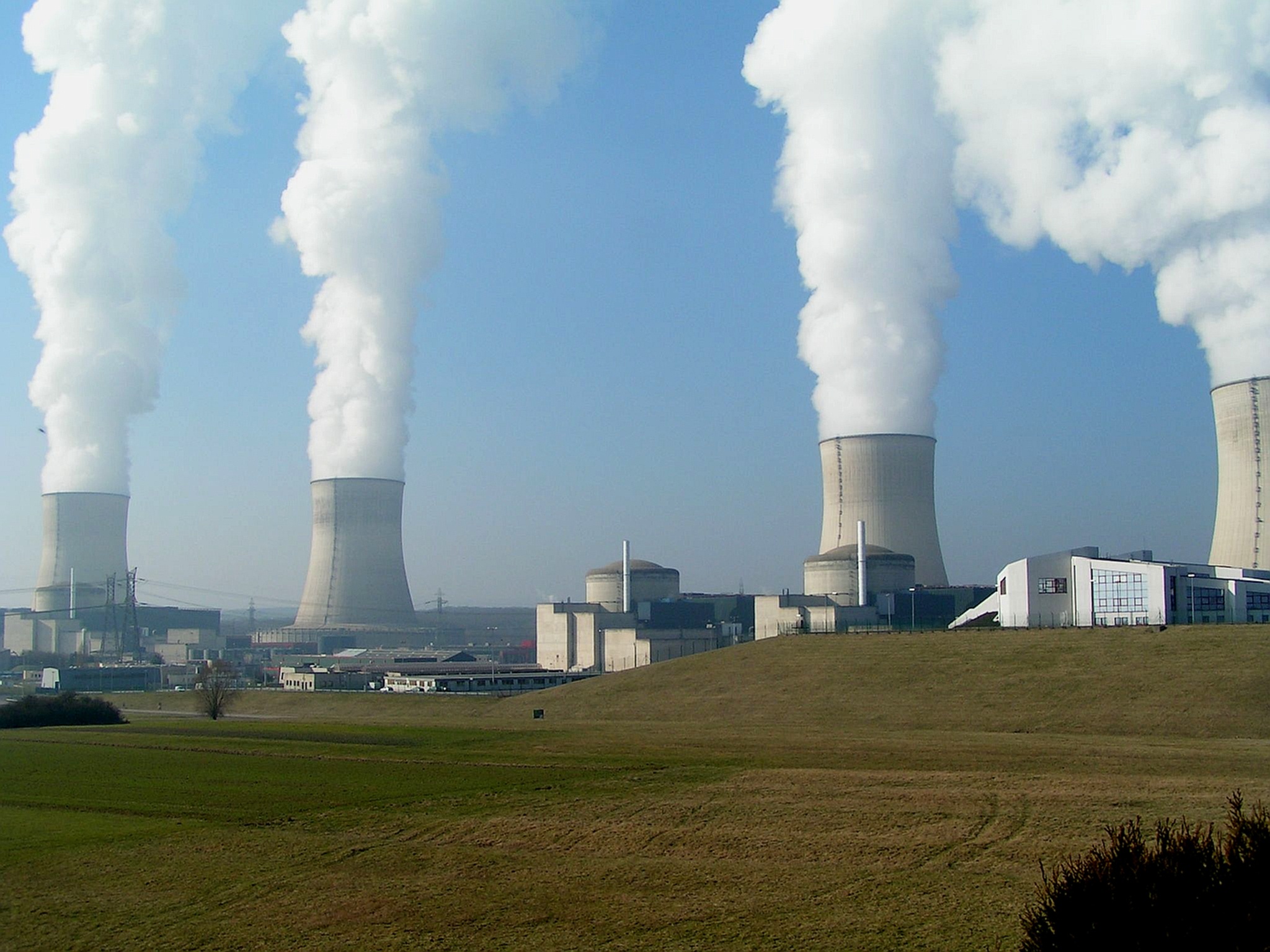Nuclear physics, a branch of physics that deals with the constituents and interactions of atomic nuclei, has long been a subject of intrigue and complexity. Many students and enthusiasts invariably ask, “Is nuclear physics hard to learn?” This inquiry compels a deeper examination into the nature of nuclear physics itself, the foundational concepts that underpin it, and the multifaceted aspects of learning this sophisticated field. Various types of content can be expected when navigating this topic, including historical context, foundational principles, educational pathways, conceptual challenges, and practical applications. Each of these elements plays a crucial role in understanding whether nuclear physics constitutes an insurmountable academic challenge.
Firstly, delving into the historical context of nuclear physics heralds an appreciation for its development as a scientific discipline. Pioneers such as Ernest Rutherford, Niels Bohr, and Enrico Fermi laid the groundwork for our understanding of atomic structure and nuclear reactions. Their groundbreaking experiments not only elucidated the intricate nature of the nucleus but also birthed applications that extend into medical technology and energy production. This historical narrative underscores that while the subject may seem daunting today, it is rooted in a continuum of scientific inquiry that evolves with time and societal needs. Therefore, appreciating its historical background can foster an enthusiastic mindset for learners.
In order to grasp nuclear physics, one must first comprehend its foundational principles. Understanding basic concepts such as atomic structure, nuclear force, and radiation phenomena is paramount. The atomic nucleus is composed of protons and neutrons, collectively known as nucleons, which are held together by the strong nuclear force. This inter-nucleon interaction is the crux of numerous nuclear reactions, including fission and fusion. Furthermore, learners must familiarize themselves with concepts such as decay processes, binding energy, and the context of quantum mechanics. Each term is a key that unlocks the greater complexity of the overarching framework, emphasizing that a solid grasp of introductory physics and mathematics is essential. This foundational knowledge serves as the scaffold for more complex theories, making initial comprehension crucial.
Several educational pathways exist for aspiring nuclear physicists. Academic institutions offer specialized degree programs that encompass undergraduate and postgraduate courses rigorously focused on this discipline. Many courses integrate theoretical lectures with practical laboratory experiences, illustrating principles such as radioactive decay and nuclear reactions in real time. Additionally, online resources, textbooks, and academic papers provide supplementary information that may aid in self-directed learning. Peer study groups and tutoring can also serve as invaluable resources, offering collaborative learning environments that can enhance understanding. With the right tools and resources, the pathway to comprehension can become much less arduous.
However, the learning process is not without its challenges. The plethora of equations, concepts, and theories can be overwhelming, prompting many students to perceive nuclear physics as an insurmountable obstacle. Mathematical rigor, including calculus and differential equations, is prevalent, as a substantial portion of nuclear physics relies on mathematical modeling to describe complex interactions and predict outcomes. Additionally, certain abstract concepts may defy intuitive understanding; for instance, the behavior of particles at subatomic levels often diverges dramatically from classical physics. Emotional resilience and determination become vital attributes for those aspiring to delve deeply into the subject.
Moreover, conceptual challenges can exacerbate the perception of difficulty. The phenomenon of wave-particle duality and the uncertainty principle, both key features of quantum mechanics, introduce a level of complexity that can bewilder learners. Students may wrestle with reconciling the deterministic view of classical physics with the probabilistic nature of quantum mechanics. Furthermore, visualizing atomic phenomena can necessitate a departure from conventional thinking, as many concepts operate outside everyday experiences. Thus, the cognitive leap required for mastery can render nuclear physics daunting, yet also exhilarating.
In addressing the inquiry of whether nuclear physics is hard to learn, it is essential to recognize its practical applications. Nuclear physics significantly contributes to various fields, including energy production, medicine, and security. The principles of nuclear fission fuel power plants, while nuclear medicine employs radioactive isotopes for diagnostic imaging and treatment. The excitement of real-world applications can motivate learners to persist in their studies despite inherent difficulties. The prospect of contributing to meaningful advancements can act as a catalyst for perseverance and intellectual growth.
Moreover, the discipline continuously evolves, presenting opportunities for innovation and research. Nuclear physics interfaces with fields such as astrophysics, materials science, and environmental studies, thereby extending its relevance and applicability. As learners progress and potentially contribute to groundbreaking discoveries, the perceived difficulty of the field may diminish, supplanted by a sense of accomplishment and purpose. The dynamic nature of research and discovery in nuclear physics may transform challenges into exciting scholastic endeavors.
In conclusion, while nuclear physics poses distinct challenges characterized by its complexity, foundational prerequisites, and conceptual hurdles, it should not be viewed in an overwhelmingly negative light. With a rich historical background and transformative real-world applications, learners can find motivation within the intricacies of the subject. The right educational tools, coupled with a resilient mindset, can facilitate an enriching journey into nuclear physics. Ultimately, the perception of difficulty is subjective and varies from individual to individual, underscoring the importance of curiosity and perseverance in the pursuit of knowledge within this fascinating field.












